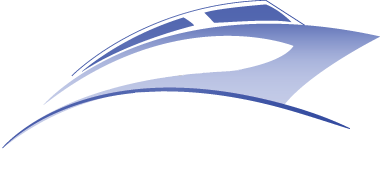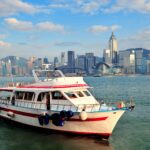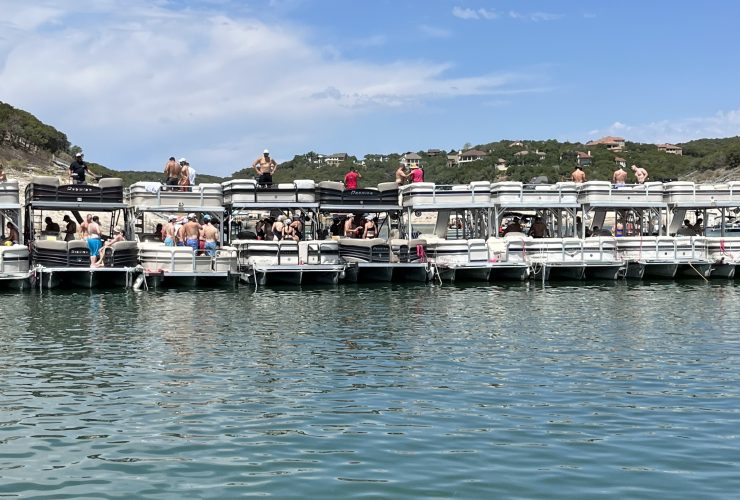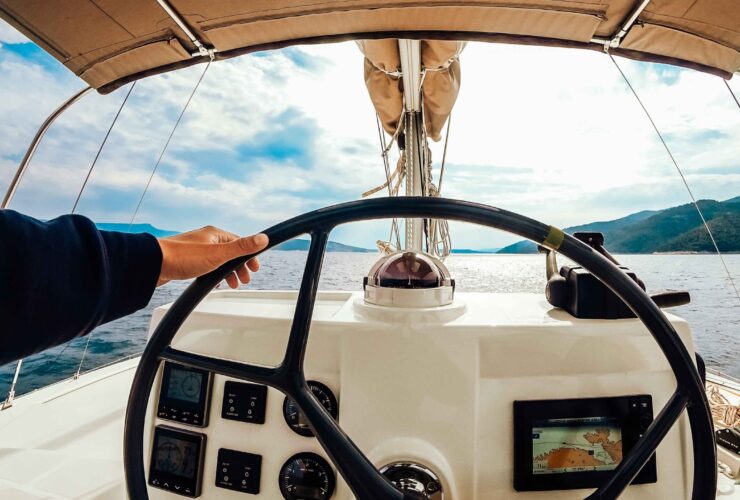Safety should always be the top priority, whether enjoying a leisurely boat cruise along the coastline or navigating open waters for a fishing expedition. Federal regulations mandate specific equipment on board any vessel, while experienced mariners often recommend additional items to ensure a safe, comfortable journey. From Coast Guard-approved personal flotation devices to reliable communication equipment, having the right gear can distinguish between a pleasant outing and a dangerous situation. This comprehensive guide outlines the essential equipment categories every boater should address before setting sail—safety gear, communication devices, navigation tools, anchoring equipment, and emergency supplies—to help you prepare appropriately for your next aquatic adventure.
Safety Gear
Ensure you have the necessary safety gear on board your boat to comply with regulations and prioritize the well-being of all passengers. Essential safety gear includes personal flotation devices (PFDs) for each person on board, a throwable flotation device, sound-producing devices such as a whistle or horn, visual distress signals like flares, a fire extinguisher, navigation lights, and a first aid kit. PFDs should be Coast Guard-approved, in good condition, and appropriately sized for each passenger. Ensure all safety equipment is accessible and in proper working order before setting sail. Regularly inspect and maintain your safety gear to ensure its effectiveness in emergencies. Remember, safety should always be the top priority on any boating excursion.
Communication Devices
Ensure your boat is equipped with appropriate communication devices to maintain connectivity and stay informed while on the water. Communication devices are essential for ensuring safety and effective coordination with others. Here are some indispensable communication devices to keep in mind:
- VHF Radio: A VHF radio is a standard communication tool for boaters, allowing for clear communication with other vessels and emergency services.
- Cell Phone: While cell phone coverage may be limited in some areas, having a cell phone as a backup communication device can still be valuable in emergencies.
- Emergency Position Indicating Radio Beacon (EPIRB): An EPIRB is a critical distress beacon that can alert search and rescue authorities of your location in an emergency.
Navigation Tools
When sailing on the water, having the right tools is essential for ensuring you reach your destination safely and accurately. Navigation tools play a vital role for any boater aiming for sea mastery. A magnetic compass is a fundamental equipment that provides a reliable reference point for determining your heading. A nautical chart is necessary for plotting your course, indicating water depths, landmarks, and potential hazards. A GPS device complements traditional navigation tools, offering precise positioning information. Binoculars aid in spotting buoys, markers, or other vessels from a distance. Finally, a reliable marine watch helps you accurately track time, which is essential for calculating your position and estimating arrival times. Mastering these navigation tools is key to a successful voyage.
Anchoring Equipment
What essential equipment is necessary for anchoring your boat securely in various conditions? When it comes to anchoring equipment, you must have the following items on board:
- Anchor: Choose the correct type of anchor for your boat size and the conditions you’ll be anchoring in, such as fluke or plow anchors.
- Anchor Rode consists of the anchor line (rope) and chain. The rope provides flexibility and shock absorption, while the chain adds weight to keep the anchor in place.
- Anchor Windlass: This mechanical device helps lower and raise the anchor, making the process easier and more efficient, especially for larger boats.
Emergency Supplies
To ensure your safety and that of others on board, readily available emergency supplies are essential while on the water. Key items include an adequately stocked first aid kit containing bandages, antiseptic wipes, and medications. Furthermore, invest in a reliable signalling device such as a whistle or air horn to alert nearby vessels in emergencies. A flashlight with extra batteries is vital for night boating or low-visibility situations. Equip your boat with a fire extinguisher suitable for marine use to combat potential fires on board. Finally, a throwable flotation device like a life ring or a buoyant cushion can be carried to aid in water rescues. Prioritize safety by ensuring these emergency supplies are always onboard and easily accessible.
Related Topics:





